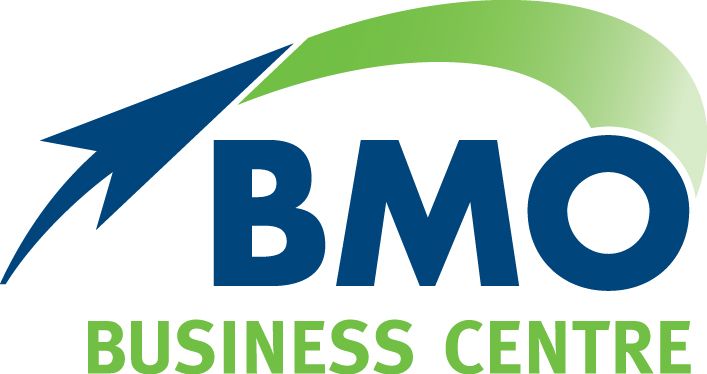Managing Risk when Growing Your Business
It’s a risky business being in business for yourself, so knowing how to identify and manage risk is an important part of running a thriving business.
Anything that impedes a company's ability to achieve its financial goals is considered a risk, and there are many issues that have the potential to derail a successful business. Some of these can ruin a business, while others can cause serious damage that is difficult to recover from.
However, taking risks is an essential part of growing a business - it’s how you thrive and expand. The key to achieving the rewards that come with risk and avoiding the devastation that can occur, is identifying and actively managing your business risk.
Assessing your tolerance for risk
The first step is to think about what level of risk you are comfortable with. A range of factors influence your appetite for risk including your individual circumstances, financial resources, specific industry dynamics, economic conditions, and business goals.
It's important to acknowledge the relationship between risk and reward. High-risk activities may provide the potential for significant returns when you are going for growth but are also associated with greater uncertainty and the potential for larger losses.
Not all risk is equal
Some types of risk are best managed through insurance while others can be managed through thoughtful decision making and risk mitigation.
Risk taking is often associated with innovation and entrepreneurship and there are countless examples of reckless business behaviour that paid off - and as many examples that did not pay off. To expand, evolve and stay relevant in a changing marketplace, businesses may need to take calculated risks. This can encompass the development of new services or targeting a different client base, employing staff, developing new products, the adoption of emerging technologies, or exploring new markets.
Taking calculated risks involves some planning - conducting research, gathering supporting data and considering possible outcomes before making a decision. Informed, calculated decisions have a greater chance of success and doing your homework is a great way to mitigate risk in business.
Managing business risk
There are many ways to manage business risk, depending on the type of risk. Threats come in many shapes and forms and can include strategic, compliance, operational, environmental, and reputational, but one of the most fundamental risks is that of the business no longer being financially viable. All the above can impact a businesses’ bottom line so when considering your strategies, it’s a good idea to identify the risks that could affect your business’s ability to meet its financial obligations.
Setting up and maintaining a cash reserve is critical for small businesses, particularly ones with narrow margins. Half of all small businesses hold a cash buffer of less than one month which may not be adequate.i A cash reserve is a great risk mitigation strategy as it can help you get back on your feet when faced with an adverse event.
Keep an eye on cashflow
Growing a business can put pressure on cashflow, and managing your cashflow is a powerful way of managing your business risk.
If you have not already done so, creating, and maintaining a cash flow forecast helps you anticipate and cash shortages. Monitoring your cash flow over time gives you visibility of your financial situation and an understanding of any seasonal ebbs and flows.
Some things you can do to manage your cashflow include being responsive with invoicing and chasing overdue payments. Negotiate payment terms that support your cashflow requirements and consider offering incentives for early payments or penalties for overdue invoices.
For many businesses, one of the leading causes of cash flow shortfalls is overstocking, which increases the amount of cash you have locked up in your stock. Effective inventory management and working with suppliers to reduce lead times can assist with cashflow.
We can help you develop solid cash flow management and provide expert advice to make growing your business less of a risky proposition.


